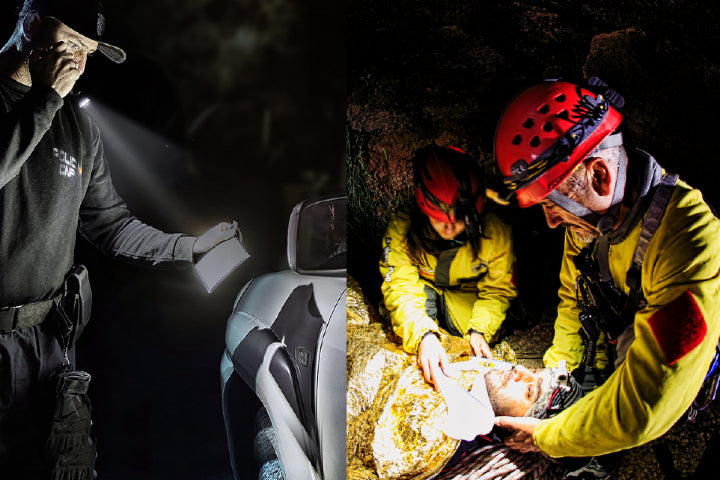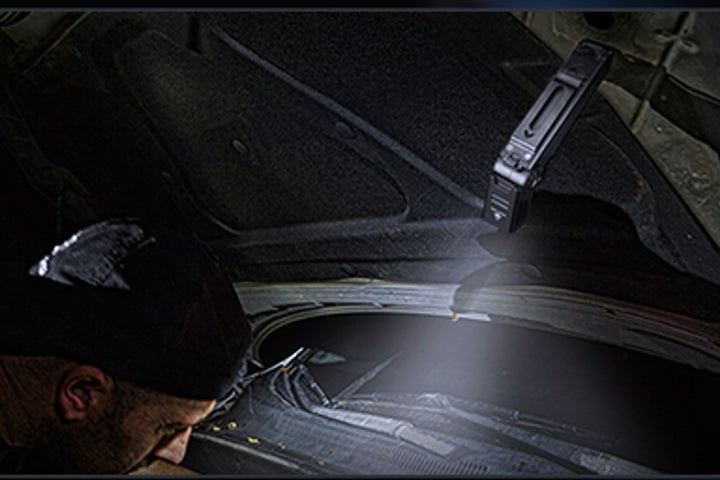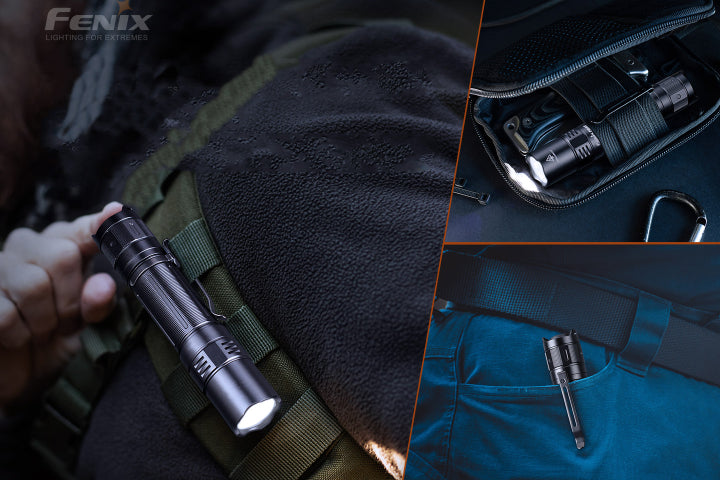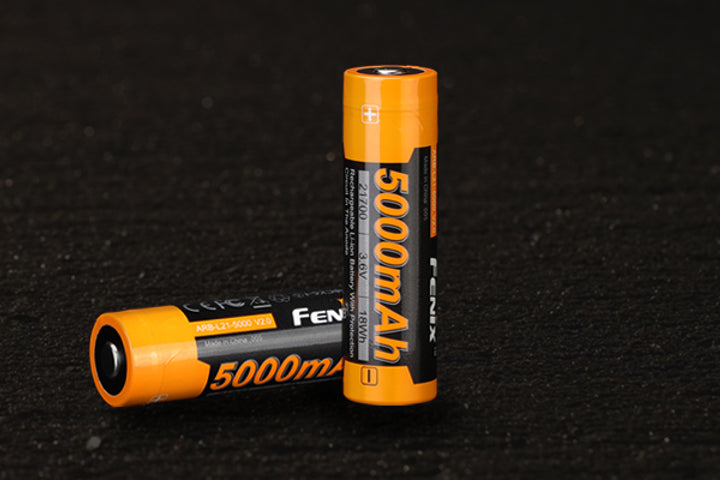The Complete Hiking Essentials Checklist for 2024
Key Takeaways:
- Comprehensive Preparation: Packing the right hiking essentials ensures both comfort and safety, allowing you to handle unexpected situations during your outdoor adventures.
- Essential Gear: Core items such as a durable backpack, appropriate footwear, layered clothing, and navigation tools are non-negotiable for any hiking trip.
- Illumination is Crucial: A reliable Fenix flashlight, such as the PD36R, and a headlamp are vital for safety and navigation in low-light conditions.
- Hydration and Nutrition: Always carry more water than you anticipate needing and pack high-energy, lightweight foods to maintain energy levels.
- Emergency Readiness: Equip your pack with a first aid kit, multi-tool, and emergency whistle to enhance your preparedness for any situation.
- Environmental Responsibility: Adhering to Leave No Trace principles helps protect the natural beauty and sustainability of outdoor environments.
Venturing into the great outdoors requires more than just a strong will and a good pair of boots. As the natural environment constantly evolves and as outdoor equipment technology advances, so does the list of hiking essentials. From the latest in durable gear to safety gadgets that can save lives, every item on your checklist plays a crucial role in ensuring a safe and enjoyable adventure. This comprehensive guide covers everything you need for hiking in 2024, including a must-have Fenix flashlight, which has become synonymous with reliability and high performance among outdoor enthusiasts.
Understanding the Importance of a Well-Prepared Hiking Pack
Preparation is key when it comes to hiking. Whether you're planning a short day trip or a multi-day expedition, the right gear can make all the difference. It’s not just about comfort; it’s about safety. A well-prepared hiking pack ensures that you are equipped to handle unexpected situations, from sudden weather changes to emergencies.
Core Hiking Gear: The Non-Negotiables
- Backpack: A durable, lightweight backpack with enough capacity for your trip is essential. Look for one with adjustable straps, good back support, and multiple compartments for easy organization.
- Appropriate Footwear: Depending on the terrain, choose between hiking boots or shoes that offer support, protection, and traction. If you're not sure, it's always better to plan for the more intensive option and wear boots, just in case!
- Clothing Layers: Pack breathable, moisture-wicking base layers, an insulating layer, and a waterproof outer layer. This layering system allows you to adjust to changing weather conditions.
- Navigation Tools: A GPS device, a physical map, and a compass are indispensable for keeping you on track. Learning to use a compass and a map might not be necessary in our day to day lives thanks to smartphones, but you'll definitely want to know how to if you get lost and your battery dies or you lose service!
- First Aid Kit: Customize your kit to include personal medications, bandages, antiseptic wipes, and other essentials. Consider taking a basic first aid course to be better prepared.
- Multi-tool: A good multi-tool can be invaluable for gear repair, food preparation, and emergency situations.
- Hydration System: Water bottles or a hydration bladder is crucial, and always carry more water than you think you'll need. Consider a portable water filter or purification tablets.
- Food and Snacks: High-energy, lightweight foods like nuts, dried fruits, and energy bars are ideal. Always pack extra in case of delays.
Illumination and Signaling Devices
- Fenix Flashlights: For 2024, the Fenix PD36R V2 rechargeable flashlight is a top pick for hikers. Its robust build, long battery life, and powerful beam make it an essential part of any hiking kit. Not only does it ensure safe night-time navigation, but it can also be used to signal for help in emergencies.
- Headlamp: A hands-free headlamp with extra batteries is also recommended, especially if you plan to hike around dawn or dusk.
- Emergency Whistle: A loud whistle can alert others if you are in distress, helping to locate you more quickly.

Shelter and Comfort
- Tent or Tarp: Depending on the length and nature of your hike, carry a lightweight tent or tarp for protection against elements. Even if you don't plan on an overnight trip, a tarp is still a good lightweight choice that can be used for an impromptu shelter if you get stranded for any reason.
- Sleeping Bag and Pad: A suitable sleeping bag for the climate and a pad for insulation from the ground will help you rest better.
- Fire Starting Gear: Waterproof matches, a lighter, and fire starters are important for warmth and cooking.
Sun Protection and Insect Defense
- Sunscreen and Lip Balm: SPF 30 or higher is vital for protecting skin and lips from UV rays.
- Sunglasses and Hat: Protect your eyes and face from the sun with UV-blocking sunglasses and a brimmed hat.
- Insect Repellent: A good repellent is crucial, especially in areas prone to disease-carrying mosquitoes and ticks.
Personal Items and Extras
- Toilet Supplies: Biodegradable soap, a small shovel, toilet paper, and hand sanitizer should be in every hiker’s pack.
- Camera or Smartphone: For capturing memories or in case of emergency, technology has its place on the trail. Ensure they are protected and kept in waterproof pouches.
- Powerbank or portable battery: To extend the battery life of your smartphone in emergencies. Fenix also offers a combination Flashlight/Powerbank in the E-CP. This allows you to not only have portable power, but also a spare light in case your main one fails for any reason.
- Trash Bag: Leave no trace behind by carrying all your garbage out, and possibly even picking up trash found along the trail.
Frequently Asked Questions
What is the best way to pack a hiking backpack?
Organize your pack by weight, with heavier items close to your back and centered. Frequently used items should be easily accessible, and the rest packed around them for balance.
How do I choose the right hiking footwear?
Consider the terrain and the length of your hike. For rugged, uneven trails, opt for boots that provide more ankle support and protection. For lighter, faster hikes, trail shoes might be sufficient.
Can I use regular batteries in my Fenix flashlight if it's rechargeable?
It's best to use the battery recommended by the manufacturer to ensure performance and safety. For the Fenix PD36R V2, a rechargeable lithium-ion battery is preferred. Always make sure to check the user manual for recommended use cases for all electronics.
What should I do if I get lost while hiking?
Stay calm, stay put if it's safe, use your map and compass to orient yourself, and signal for help using your whistle or flashlight.
How can I minimize my impact on the environment while hiking?
Follow the principles of Leave No Trace: plan ahead, stay on trails, manage waste properly, leave what you find, minimize campfire impacts, respect wildlife, and be considerate of other visitors.
Conclusion
Embarking on a hiking adventure in 2024 with the right essentials not only enhances your enjoyment but also ensures your safety. This checklist serves as a comprehensive guide to preparing your pack with everything from the dependable Fenix PD36R flashlight to emergency shelters and nutrition. By adhering to this list, you’ll be equipped to tackle any trail with confidence and respect for the natural environment.















